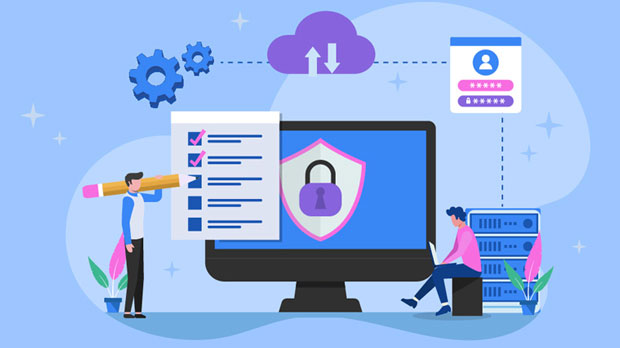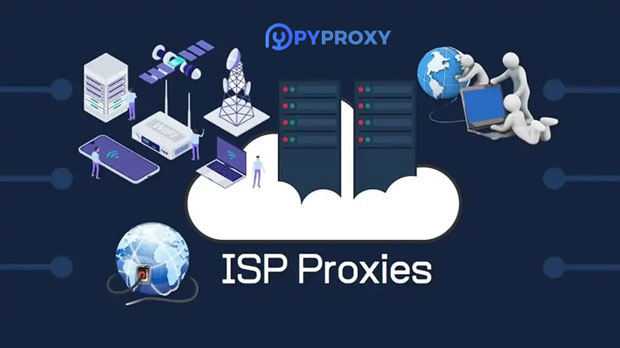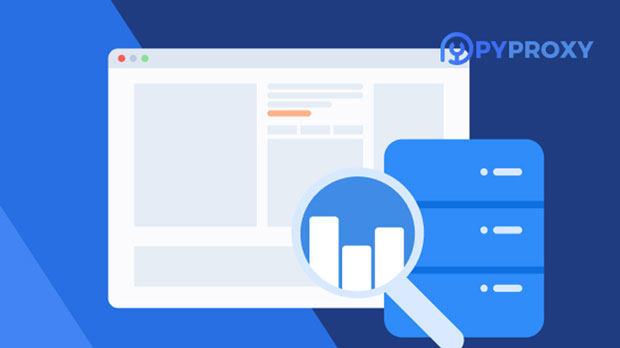When managing an e-commerce business, choosing the right type of IP address is crucial for network stability, security, and performance. The two most common types of IP addresses are static IP and dynamic IP, each with its own advantages and limitations. Static IP addresses are fixed and do not change, offering consistency in network connections. On the other hand, dynamic IP addresses change periodically, which can affect the reliability of certain services. Understanding the differences between these two types of IPs and their impact on e-commerce operations is essential for making the best choice for your online business. What is Static IP?A static IP address is a fixed, permanent IP address assigned to a device. Once a device is allocated a static IP, it remains the same every time the device connects to the network. This stability offers several advantages, particularly for businesses that require consistent and reliable network connections.One key advantage of a static IP is that it allows for easier remote access. For e-commerce businesses, this could mean easier management of servers, databases, and customer systems, as administrators can always access the same IP address without worrying about changes. Static IPs are also commonly used for web hosting, email servers, and VPNs, where reliability and consistency are critical for smooth operations.What is Dynamic IP?A dynamic IP address, on the other hand, is an IP address that changes periodically. Internet Service Providers (ISPs) typically allocate dynamic IPs to home users or small businesses. These IPs are assigned from a pool of available addresses and may change each time the device reconnects to the network.The main advantage of dynamic IPs is their flexibility. They are cost-effective and allow ISPs to manage IP addresses more efficiently by reusing them. However, the changing nature of dynamic IPs can present challenges for e-commerce businesses, particularly if the business relies on a stable connection for operations such as hosting websites or accessing remote systems.Advantages of Static IP for E-Commerce1. Enhanced SecurityStatic IPs are typically more secure than dynamic IPs. Since the IP address remains constant, it becomes easier to set up firewalls, VPNs, and other security measures tailored to a specific address. For e-commerce businesses handling sensitive customer data, such as payment information, ensuring a high level of security is paramount. Static IPs allow for consistent monitoring and better control of network traffic, reducing the risk of cyberattacks.2. Improved Remote AccessFor e-commerce businesses with remote workers or teams spread across different locations, static IPs are beneficial. Since the IP address doesn’t change, remote access to internal systems, databases, and servers becomes more reliable. This is particularly important for businesses that require real-time access to systems for managing inventory, processing transactions, or responding to customer inquiries.3. Better Website HostingWhen hosting a website, having a static IP address is essential. Static IPs ensure that the website is always accessible and that search engines can consistently crawl the site. This can be crucial for e-commerce businesses seeking to improve their online visibility and search engine rankings. Static IPs also make it easier to set up email servers and other business-critical systems.4. Stable E-Commerce TransactionsFor e-commerce websites processing payments, a stable connection is crucial. With a static IP, e-commerce businesses can ensure that the payment gateway and transaction systems remain uninterrupted. This minimizes the risk of payment failures and enhances customer trust.Advantages of Dynamic IP for E-Commerce1. Cost EfficiencyDynamic IPs are typically cheaper than static IPs. For small businesses or startups with limited budgets, using a dynamic IP can be a cost-effective solution without sacrificing too much functionality. ISPs generally provide dynamic IPs at a lower cost, and businesses can still access the internet and use standard e-commerce features.2. Increased FlexibilityDynamic IPs provide greater flexibility for businesses that do not require a fixed network connection. For example, businesses with temporary or changing locations can benefit from dynamic IPs, as they can move between different ISPs and locations without worrying about maintaining the same IP address.3. Suitable for Low-Traffic WebsitesFor businesses that run low-traffic websites or have minimal e-commerce operations, dynamic IPs might be sufficient. If the business does not require extensive remote access or website hosting, a dynamic IP can meet their needs while keeping costs down.Challenges of Using Static IP for E-Commerce1. Higher CostsWhile static IPs offer stability and security, they often come with higher costs. ISPs charge extra for static IP assignments, which could be a burden for smaller e-commerce businesses. Additionally, businesses that do not need consistent remote access or hosting may find the additional costs unnecessary.2. Limited ScalabilityStatic IP addresses can become a limitation as businesses grow. If a company expands its operations, more static IPs may be required to accommodate the increased number of devices, which could lead to higher costs and management complexities.Challenges of Using Dynamic IP for E-Commerce1. Less Reliable for HostingOne of the primary disadvantages of dynamic IPs for e-commerce businesses is that they are not suitable for hosting websites or critical online services. Since the IP address changes regularly, it becomes difficult for customers and search engines to find the site reliably. This can lead to interruptions in service and negatively affect the user experience.2. Security RisksDynamic IPs pose security risks because they change regularly, making it more difficult to implement strong security measures. This can expose the business to hacking attempts and other cyber threats. For e-commerce businesses, ensuring secure transactions and customer data protection is critical, and dynamic IPs may not provide the level of security needed.Which One is More Suitable for E-Commerce Operations?The decision between a static and dynamic IP depends on the specific needs of the e-commerce business. For businesses that prioritize security, reliable remote access, and website hosting, a static IP is generally the better choice. Static IPs offer enhanced security, stability, and performance, which are essential for running an e-commerce website and processing transactions.On the other hand, smaller businesses with lower budgets or minimal e-commerce needs might find dynamic IPs more suitable. Dynamic IPs are more cost-effective and flexible, making them ideal for businesses that do not rely heavily on a fixed connection.ConclusionIn conclusion, the choice between static and dynamic IP depends on the scale, security requirements, and financial considerations of the e-commerce business. While static IPs offer reliability, security, and stability, dynamic IPs provide cost efficiency and flexibility. For most e-commerce businesses with significant online presence and transaction volume, a static IP is recommended. However, smaller businesses with limited needs may find dynamic IPs to be a viable option.
Jun 30, 2025



































































